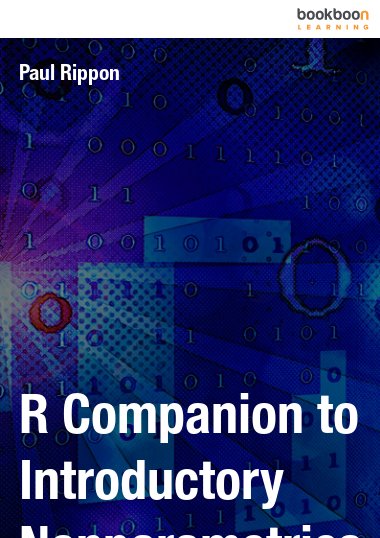This is a companion volume to INTRODUCTORY NONPARAMETRICS by J.C.W. Rayner. As a reader studies the theory and calculations for a particular non-parametric example in Rayner (2016), the identically numbered section in this volume will provide the necessary computer code in the R language to complete the analysis for that example. The code and supporting text help develop understanding as well as provide computational tools for application to new data sets.
About the author
Paul Rippon originally trained as an engineer. Despite not enjoying statistics very much during undergraduate years he found great satisfaction in the improvement of processes in the steel industry through the application of statistical process control and total quality management methods. Paul subsequently retrained as a statistician and has worked at the University of Newcastle, Australia since 1999 as a lecturer in statistics and currently as a statistical consultant assisting researchers with their data analysis.

